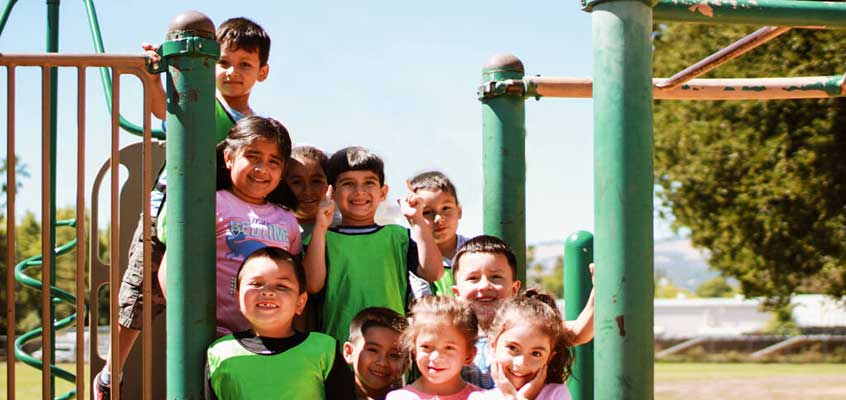By: Dr Silky Jain | Updated: Feb 06, 2023

Dr Silky Jain, Pediatric Haemato-Oncologist and BMT Physician, Jaypee Hospital, Noida shares symptoms, causes, and treatments of Wilms Tumour.
Symptoms
Usually presents as a painless abdominal mass, often detected incidentally by the mother during giving a bath to the child. Next, the most common symptom is abdominal pain. About one-fourth of patients may have blood in urine, or raised blood pressure which usually resolves with appropriate treatment of the tumour. Metastasis (spread of tumour outside kidneys to distant organs) is found in a minority of cases at diagnosis. However, if it happens, the most common site of involvement is the lungs followed by the liver.
Causes
Most childhood cancers including wilms tumour are not associated with specific environmental risk factors, unlike common adult tumours like lung cancer. However, in 10- 15% of cases of Wilms tumour, there may be an underlying genetic syndrome that predisposes to Wilms tumour. For example, WAGR syndrome ( 30% risk of wilms tumour), Denys-Drash syndrome (> 90% risk), Beckwith-Wiedemann syndrome (5% risk). Therefore, it is important to look for additional specific clinical features characteristic of these syndromes in every patient with Wilms tumour. This can help in genetic counselling and prevention of Wilms tumour in future generations.
How rare is this disease in India?
Wilms tumour is fifth most common tumour of childhood accounting for 5 to 6% of childhood cancer cases. It is difficult to quote the exact incidence of Wilms tumour in India because of under-diagnosis and under-registration. However, in a recent analysis, the annual incidence of renal tumours in India has been estimated to be 8.2 per million children 0-14 years of age. This amounts to about 3000 cases of renal tumours occurring annually in India, which in absolute numbers is not small.
Which age group is more prone to it?
The typical age of presentation is 3 to 5 years. 90% of cases occur before 6 years of age.
Treatment
All cases need surgery and combination chemotherapy (medicines that kill cancer cells). Even if the tumour is completely taken out by surgery upfront, still there is an indispensable need to receive chemotherapy in order to achieve a complete cure. The number of chemotherapy agents and duration of treatment depends on the stage of the disease. Some patients may need local radiation to the abdomen or to the lungs depending upon the extent of disease and microscopic findings (type of cells in the tumour).
Survival
It is one of the pediatric cancers with very high cure rates of 80 to 90%, provided full treatment is taken as per the advice of a pediatric hemato-oncologist. Even in advanced-stage disease, cure rates can be as high as 70%.

© Copyright 2025 Dr Silky Jain
Design & Developed By Ezbiz technologies pvt ltd